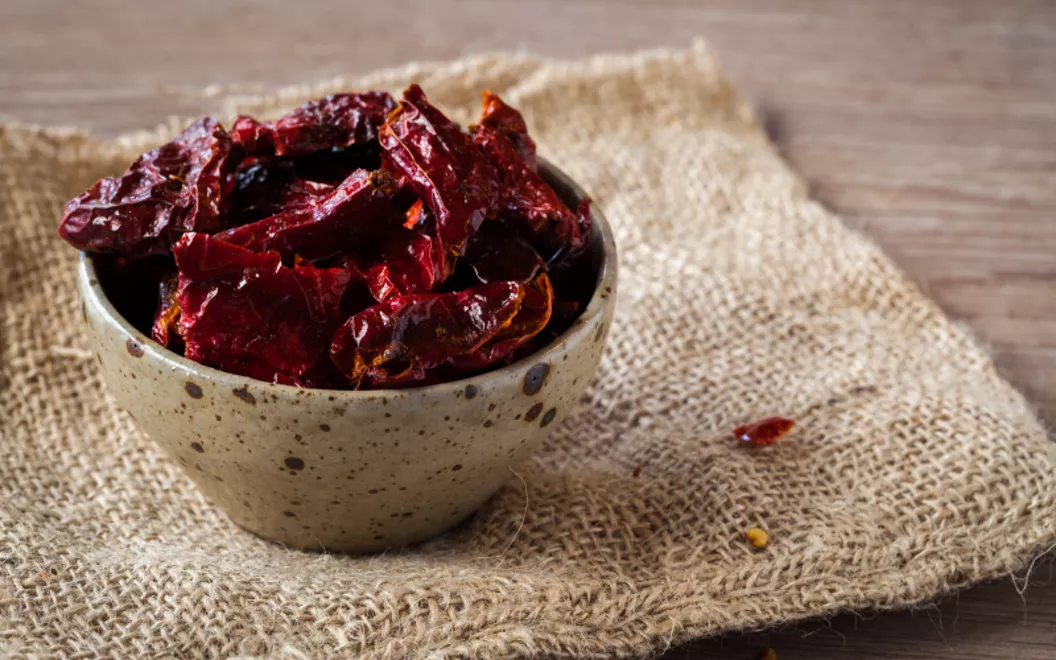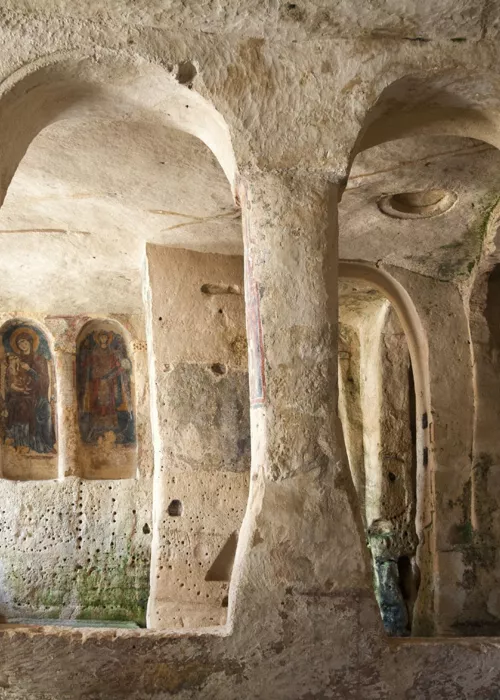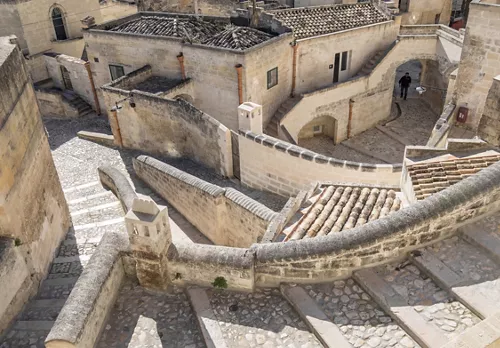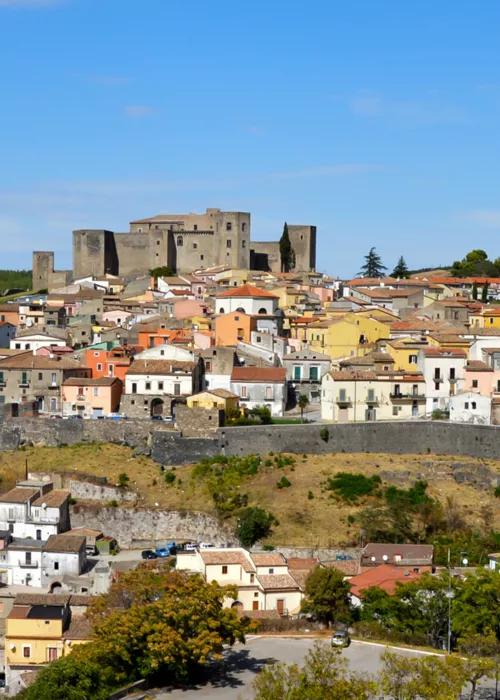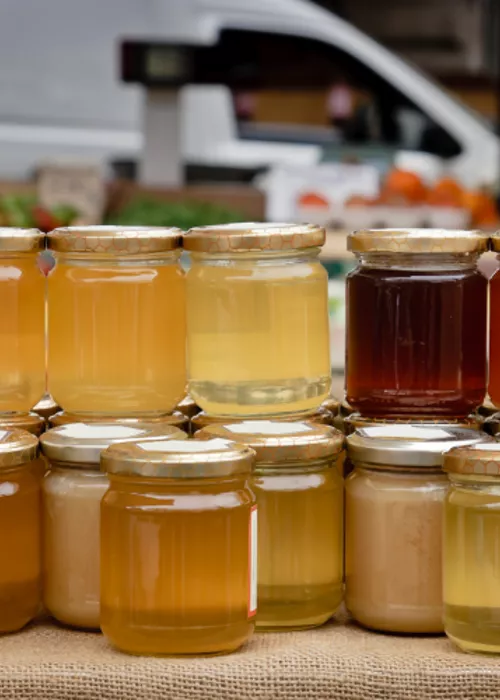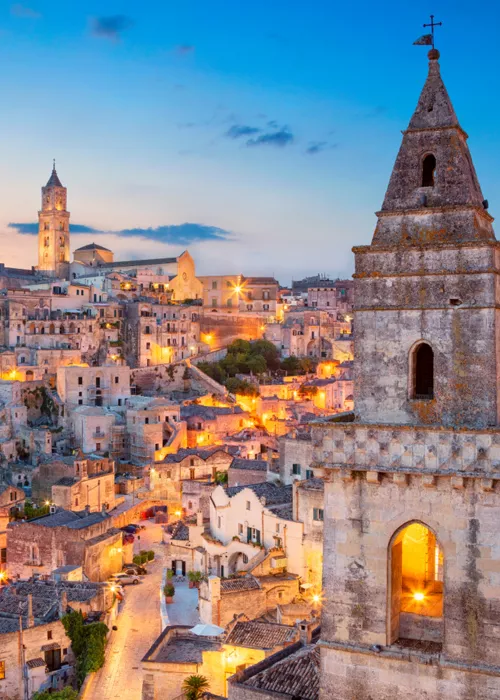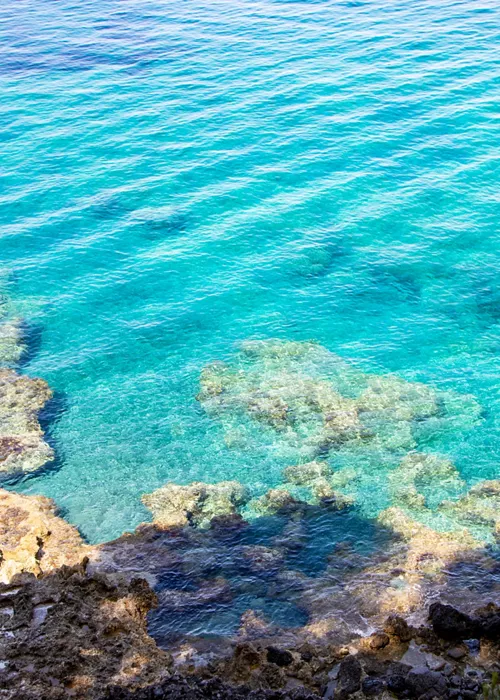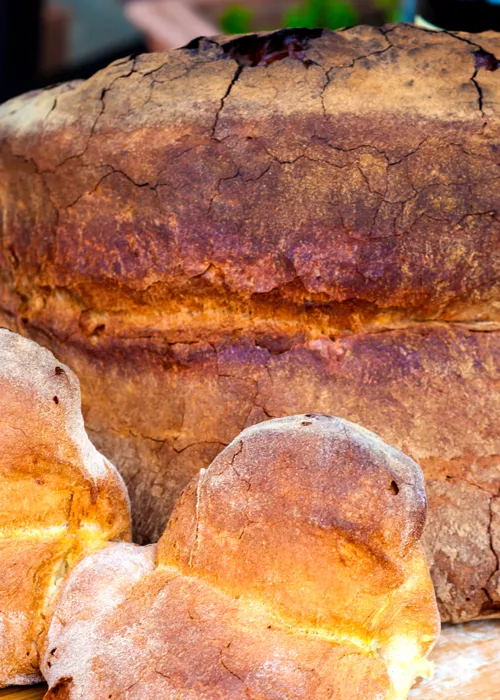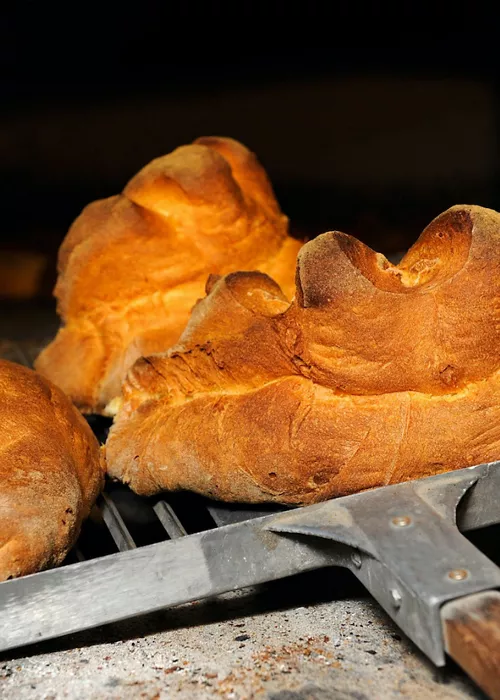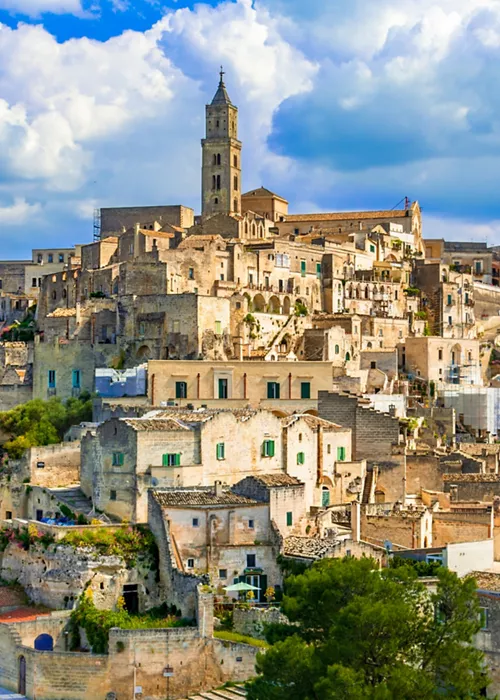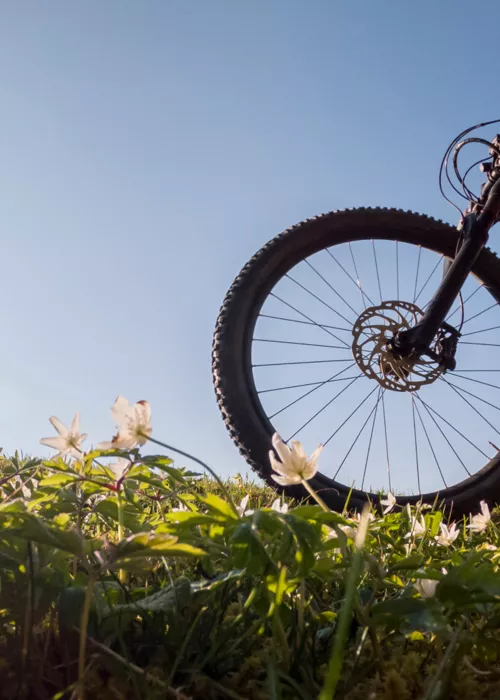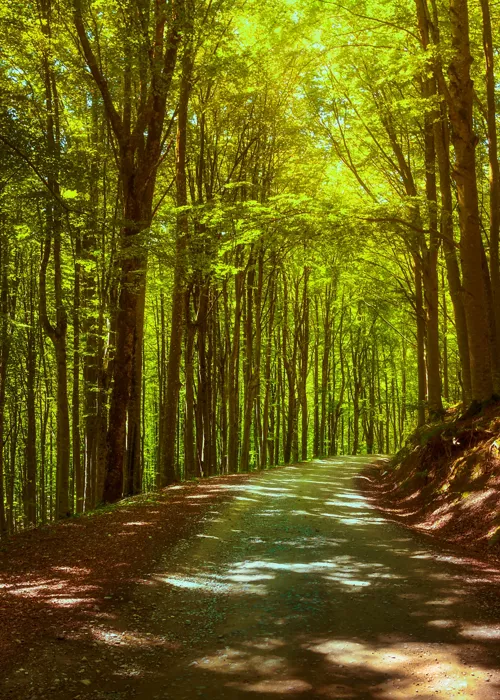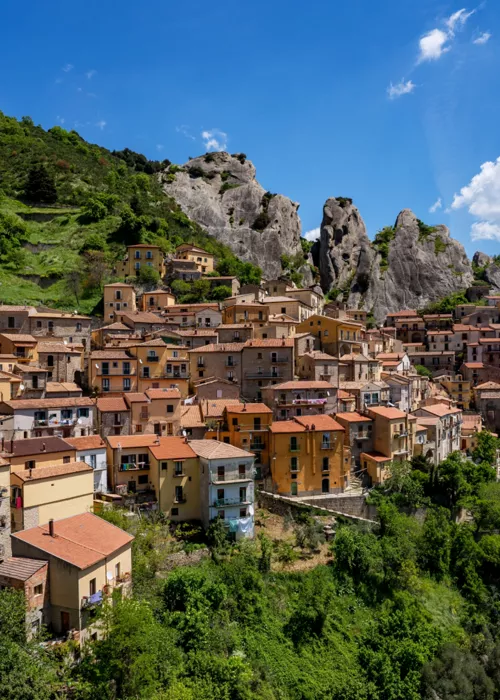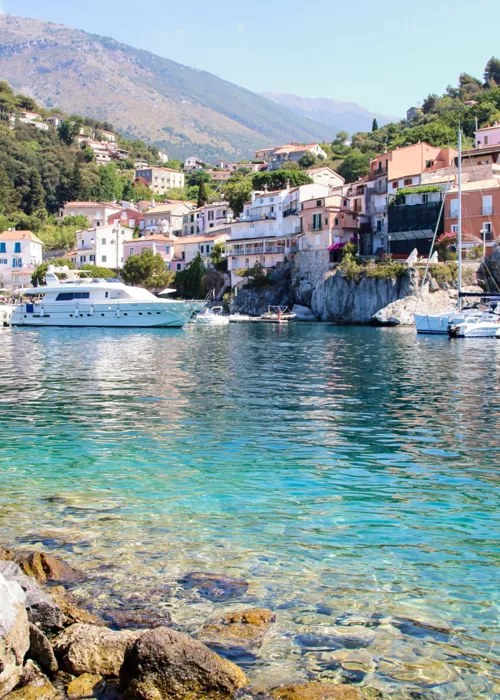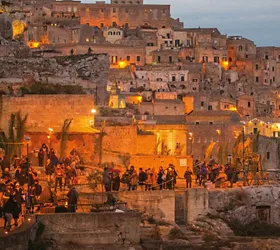Basilicata: the crunchy “cruschi” peppers of Senise
2 minutes
Tied in their characteristic purplish strands, they dry out while decorating the alleys of old town centres.
Indispensable confirmation for those who use them to embellish their dishes, they are an incredible surprise for those who taste them for the first time.
The historical origins of the Senise IGP pepper
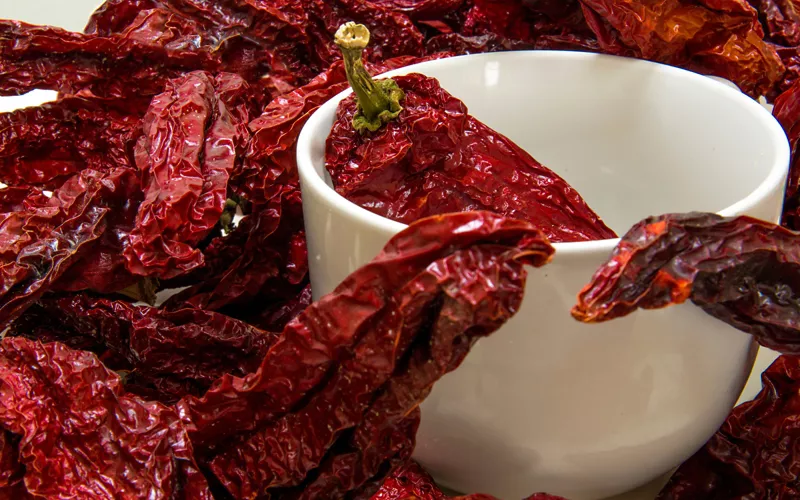
Although they are now a typical Lucanian dish, a fundamental part of the region's culinary tradition, cruschi peppers originated in the Antilles.
According to one legend, it was the Aragonese who imported this product from the Caribbean islands under their rule. According to other rumours, however, it was Christopher Columbus who was credited with preserving large quantities of this vegetable for its healing properties on one of the three caravels.
It is a fact that the “crusco” pepper, or crunchy pepper, has become a unique feature of Basilicata over the centuries, finding in Senise a soil more than favourable to its cultivation, both because of the climatic conditions and the abundant water reserve.
Method of preparation
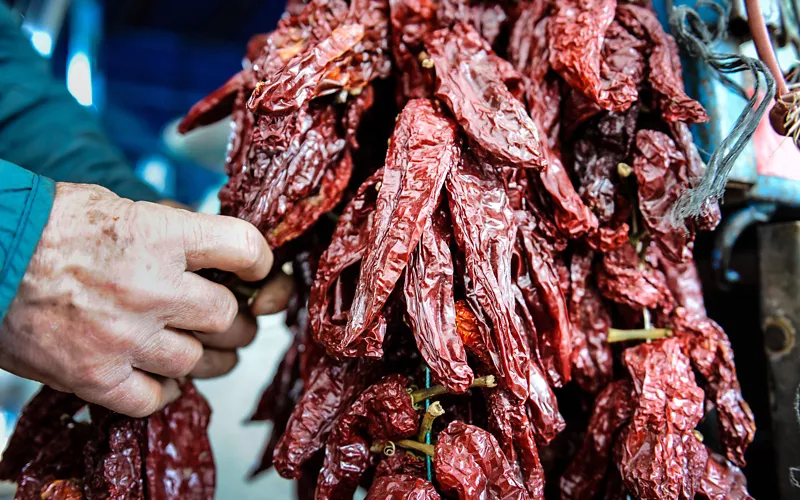
Whether it has a truncated, pointed or hooked shape, the “crusco” pepper becomes a highly aesthetic element during preparation. The strands, made with needle and string, add a touch of inestimable beauty to the Senise landscape.
In fact, the stringing technique serves to promote sun-drying of the product. And so it is that along the alleys of the ancient Lucanian villages you can see a host of red strands, which become one with the architecture of the place, until they merge into it.
It is mainly the balconies that are decorated by the long “nzerte”, or strands, hanging from the railings.
The crunchiness comes precisely from the drying. Due to their low water content, Senise peppers can be eaten fresh or stored for a long time.
How to eat them
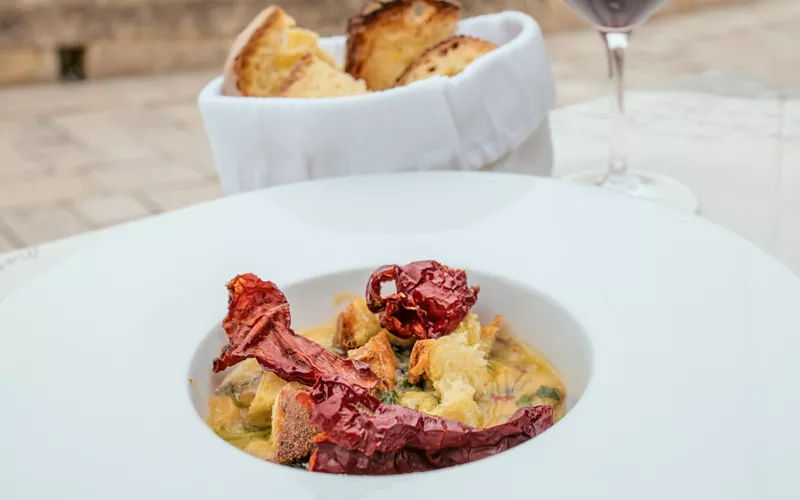
Their sweetish flavour makes them a perfect starter dressed with just a drizzle of extra virgin olive oil, but cruschi peppers are also an ideal ingredient for first and main courses.
The association with “strascinati”, a strictly handmade pasta, seasoned with the Senise vegetable and a sprinkling of salted ricotta, is delicious.
Also special with salt cod, a must in the local cuisine. And again, fried with egg and sausage, combined with boiled potatoes and sautéed vegetables, combined with cold meats and cheeses, the “cruschi” are the pride of Lucanian cuisine.
We recommend you try them especially in August in the numerous culinary variations that see it as the protagonist of the festival “Le giornate del Peperone di Senise. U Strittul ru Zafaran”.

